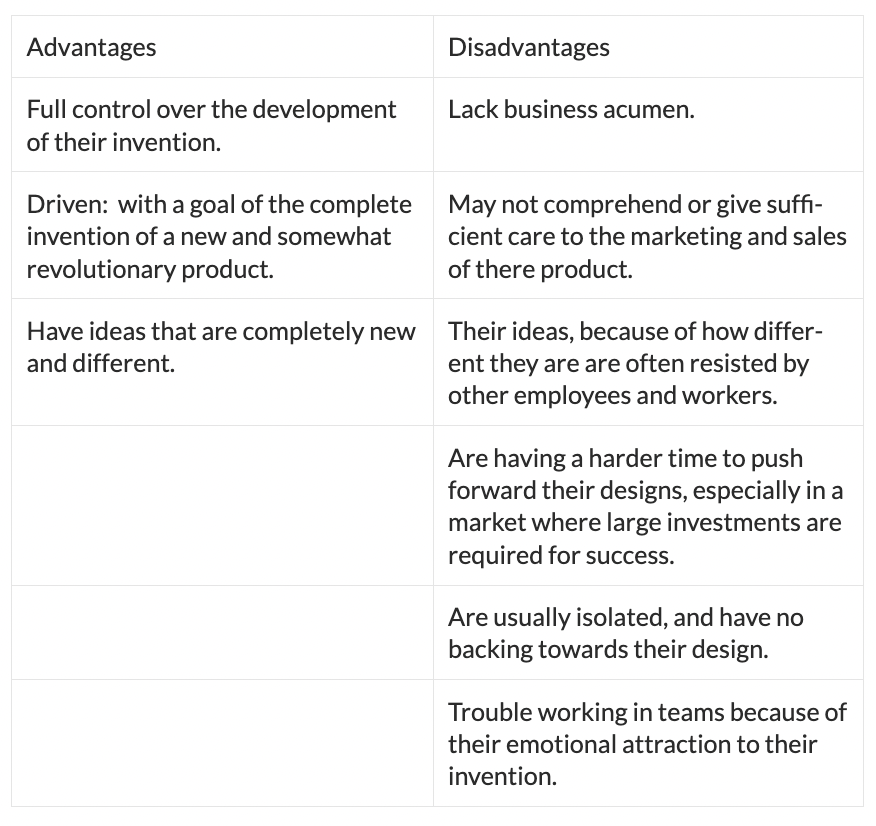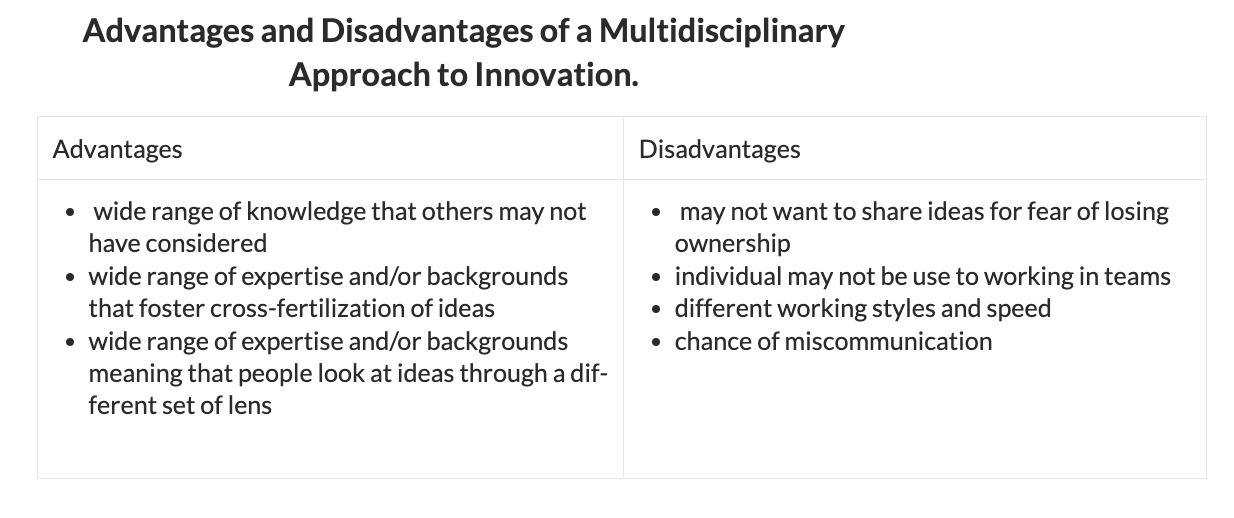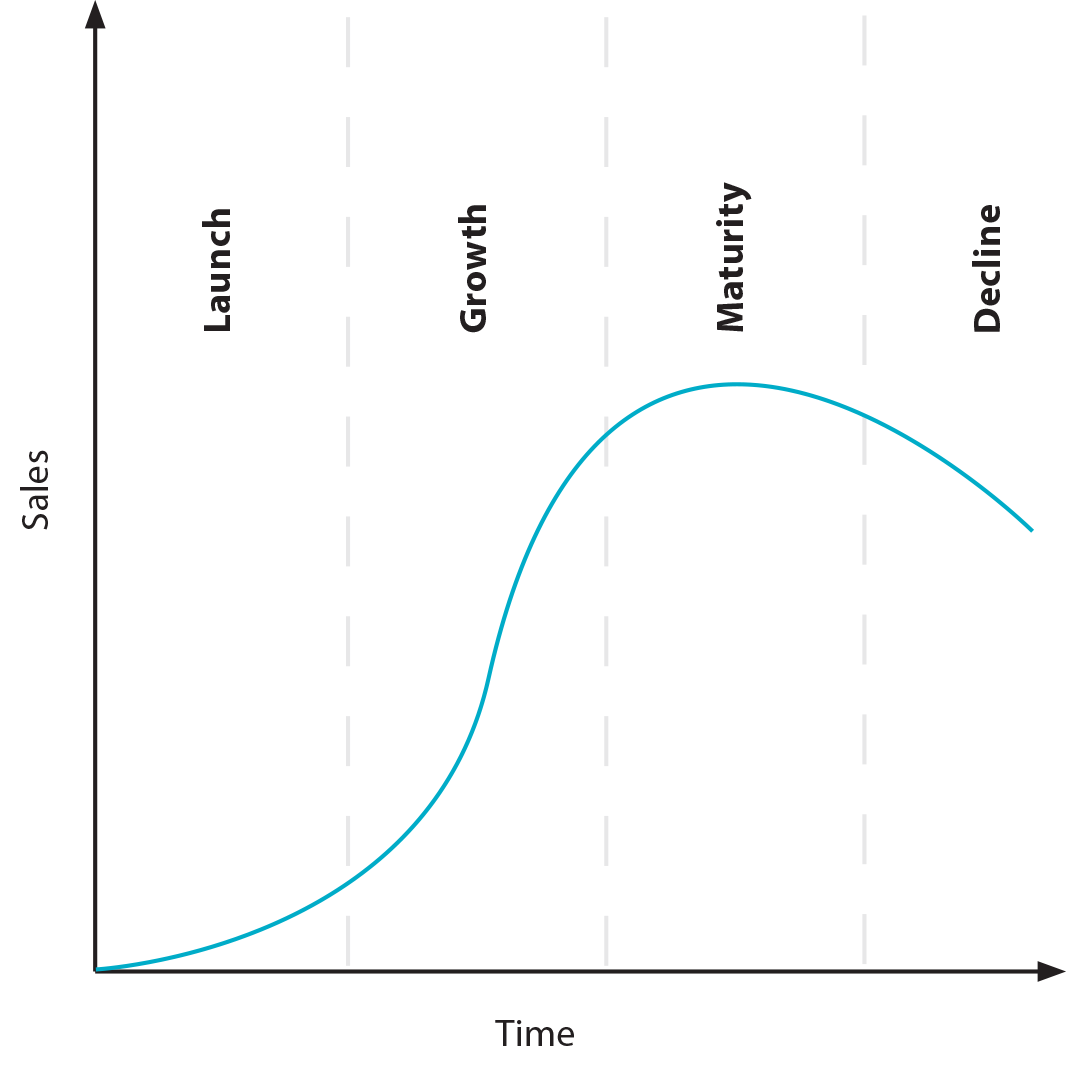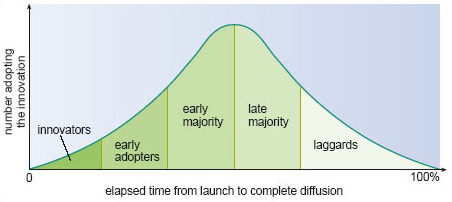Topic 5
5.1 Invention
Invention – is the process of discovering a principle which allows a technical advance in a particular field that results in a novel/new product.
Drivers for Invention:
- Personal motivation to invent.
- To assist people and make life better.
- Constructive discontent.
- To make money.
- Inquisitive scientific or technical thinking.
- Necessity.
Lone inventors – An individual working outside or inside an organization who is committed to the invention of a novel product and often becomes isolated because he or she is engrossed with ideas that imply change and are resisted by others.

IP – A legal term for intangible property such as “creations of the mind” such as inventions and designs that are used in a commercial setting. Intellectual property is protected by law.
Strategies for Protecting IP:
- Patents – An agreement from a government office to give someone the right to make or sell a new invention for a certain number of years.
- Trademark, ®, or, TM – A trademark is a symbol, word, or words legally registered or established by use as representing a company or product.
- Design protection – A simple and cost-effective way to protect an innovative shape, appearance or ornamentation.
- Copyright, © – A legal right that grants the creator of an original work exclusive ownership for its use and distribution. Usually for a limited time and within geographical boundaries, copyright allows the creator to receive compensation for their intellectual effort.
- Service Mark (SM) – A trademark used to identify a service rather than a product.
- Patent Pending – An indication that an application for a patent has been applied for but has not yet been processed. The marking serves to notify those copying the invention that they may be liable for damages (including back-dated royalties), once a patent is issued.
First to Market – The first product of this type to be rushed onto the market.
%%Advantages of Being First to Market%%
- Leading the competition
- Increased profit
- Secure brand loyalty
- Secure IP
- Creating a new product category
Shelved Technologies - Technology that is shelved for various reasons. Sometimes shelved technologies will be rediscovered or taken off the shelf.
Reasons for shelving technology include:
- Social.
- Technology.
- Timing.
- Cost/Price.
==5.2 Innovation==
Innovation – the business of putting an invention in the marketplace and making it a success.
Few Inventions Become Successful Innovations due to the Following Reasons:
- Marketability
- Financial support
- Marketing
- The need for the invention
- Price
- Resistance to change
- Aversion to risk.
Sustaining innovation – A new or improved product that meets the needs of consumers and sustains manufacturers.
Disruptive innovation – A product or type of technology that challenges existing companies to ignore or embrace technical change
Process innovation – An improvement in the organization and/or method of manufacture that often leads to reduced costs or benefits to consumers.
Architectural innovation – The technology of the components stays the same, but the configuration of the components is changed to produce a new design.
Modular innovation – The basic configuration stays the same, but one or more key components are changed.
Configurational innovation – A change is made in both technology and organization.
Diffusion – is a process where a market will accept a new idea or product. The rate it accepts the new idea or product can be increased by several factors.
Suppression – is a process where a new idea or adoption of a product by the market is actively slowed.
==5.3 Strategies for Innovation==
Act of Insight - Often referred to as the “eureka moment”, a sudden image of a potential solution is formed in the mind, usually after a period of thinking about a problem.
Adaptation - A solution to a problem in one field is adapted for solving a problem in another field.
Technology Transfer - Technological advances that form the basis of new designs may be applied to the development of different types of products/systems, for example, laser technology.
Analogy - An idea from one context is used to stimulate ideas for solving a problem in another context.
Chance - An unexpected discovery leads to a new idea.
Technology Push - Scientific research leads to advances in technology that underpin new ideas.
Market Pull - A new idea is needed as a result of demand from the marketplace.
==5.4 Stakeholders in Invention and Innovation==
The product champion – is an influential individual, usually working within an organization, who develops enthusiasm for a particular idea or invention and “champions” it within the organization.
The Entrepreneur – is an influential individual who can take an invention to market, often by financing the development, production and diffusion of a product into the marketplace.
Lone Inventor
A Multidisciplinary Approach to Innovation - On occasion, the inventor is also the product champion and/or entrepreneur.

==5.5 Product Life Cycle==
Product Life Cycle - Is a tool for mapping out the four stages of a product’s commercial life: Launch; Growth; Maturity; Decline.

Key Stages of The Product Life Cycle
- Launch - There are slow sales and little profit as the product is launched on the market.
- Growth - The market gradually accepts the product, so diffusion starts and sales expand.
- Maturity - Sales peak but remain steady, so maximum profit is achieved.
- Decline - Market saturation is reached and sales start to reduce as well as profit.
Obsolescence - is where a product or trend becomes obsolete or outdated and no longer used or needed.
- Planned Obsolescence – A product becomes outdated as a conscious act either to ensure a continuing market or to ensure that safety factors and new technologies can be incorporated into later versions of the product.
- Style (fashion) Obsolescence – Fashions and trends change over time, which can result in a product no longer being desirable. However, as evidenced by the concept of retro styling and the cyclic nature of fashion, products can become desirable again.
- Functional Obsolescence – Over time, products wear out and break down. If parts are no longer available, the product can no longer work in the way it originally did. Also, if a service vital to its functioning is no longer available, it can become obsolete.
- Technological Obsolescence – When a new technology supersedes an existing technology, the existing technology quickly falls out of use and is no longer incorporated into new products. Consumers instead opt for the newer, more efficient technology in their products.
Product Versioning - is offering a range of products based on a core or initial product market segments.
==5.6 Roger’s Characteristics of Innovation and Consumers==
Rogers’s four main elements - that influence the spread of new ideas (innovation, communication channels, time and a social system) rely heavily on human capital. The ideas must be widely accepted in order to be self- sustainable. Designers must consider various cultures and communities to predict how, why and at what rate new ideas and technology will be adopted.
Diffusion - is the wide acceptance and sale of a product or innovation.
The impact of Rogers’ characteristics on consumer adoption of an innovation can be considered in terms of:
- Relative advantage – is the “the degree to which the innovation is perceived as better than the idea it supersedes. Relative advantage refers to the extent to which the innovation is more productive, efficient, costs less, or improves in some other manner upon existing practices”.
- Compatibility – is ‘the degree to which the innovation is perceived as being consistent with existing values, past experiences, and needs of potential adopters. An innovation must be considered socially acceptable to be implemented. And some innovations require much time and discussion before they become socially acceptable’.
- Complexity (simplicity) – is “the degree to which the innovation is perceived as difficult to understand and use”.
- Observability – is “the degree to which the results of the innovation are visible to others. The chances of adoption are greater if folks can easily observe relative advantages of the new technology. In fact, after some adopt, observability can improve the diffusion effect, a critical component of technology transfer”.
- Trialability – is “the degree to which the innovation may be experimented with on a limited basis. Innovations are easier to adopt if they can be tried out in part, on a temporary basis, or easily dispensed with after trial”.
This in relation to how adopt consumers technology:
Innovators (risk takers) – are the first individuals to adopt an innovation. They are willing to take risks.
Early adopters (hedgers) – are the second fastest category to adopt an innovation.
Early majority (waiters) – the third group, tends to take more time to consider adopting new innovations and is inclined to draw from feedback from early adopters before taking the risk of purchasing new products/systems.
Late majority (skeptics) – adopts the innovation after it has been established in the marketplace and is seldom willing to take risks with new innovation.
Laggards (slow pokes) – are the last to adopt an innovation. They tend to prefer traditions and are unwilling to take risks.

==5.7 Innovation, Design and Marketing Specifications==
Marketing Specifications - Marketing specifications relate to market and user characteristics of the proposed design and details:
- Target markets - When determining the target market, market sectors and segments need to be identified.
- Target audiences - It is important to differentiate between the target market and the target audience. When determining the target audience, characteristics of the users should be established.
- Market analysis - An appraisal of economic viability of the proposed design from a market perspective, taking into account fixed and variable costs and pricing, is important. It is typically a summary about potential users and the market.
- User need - A marketing specification should identify the essential requirements that the product must satisfy in relation to market and user need.
- Competition - A thorough analysis of competing designs is required to establish the market need.
Design Specifications:
- aesthetic requirements
- cost constraints
- customer requirements
- environmental requirements
- size constraints
- safety considerations
- performance requirements and constraints
- materials requirements
- manufacturing requirements.
- any others that pertain to the design context